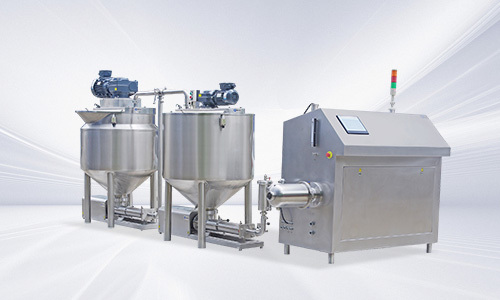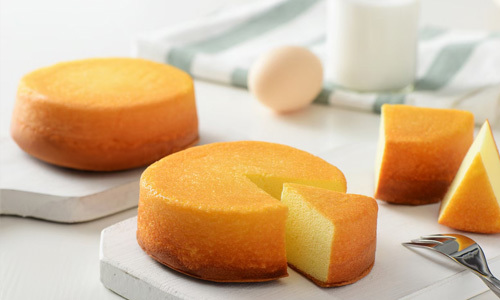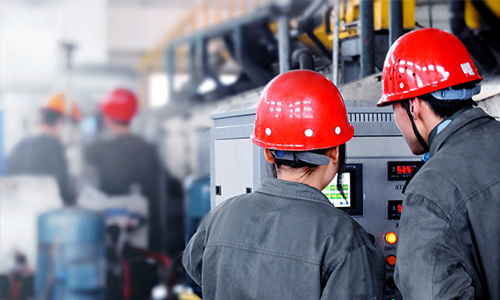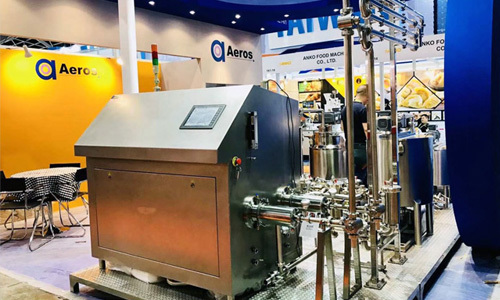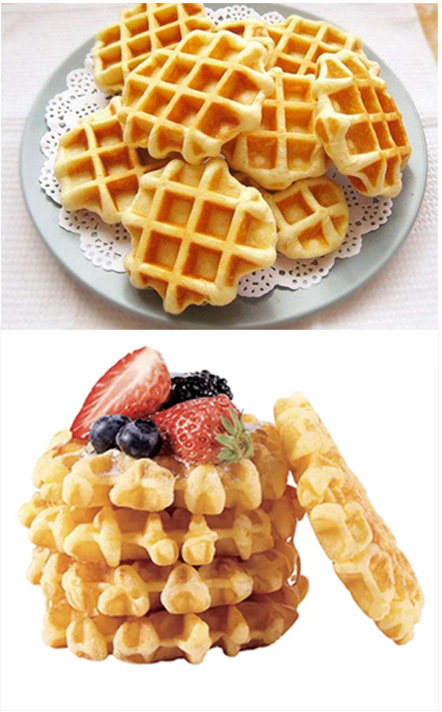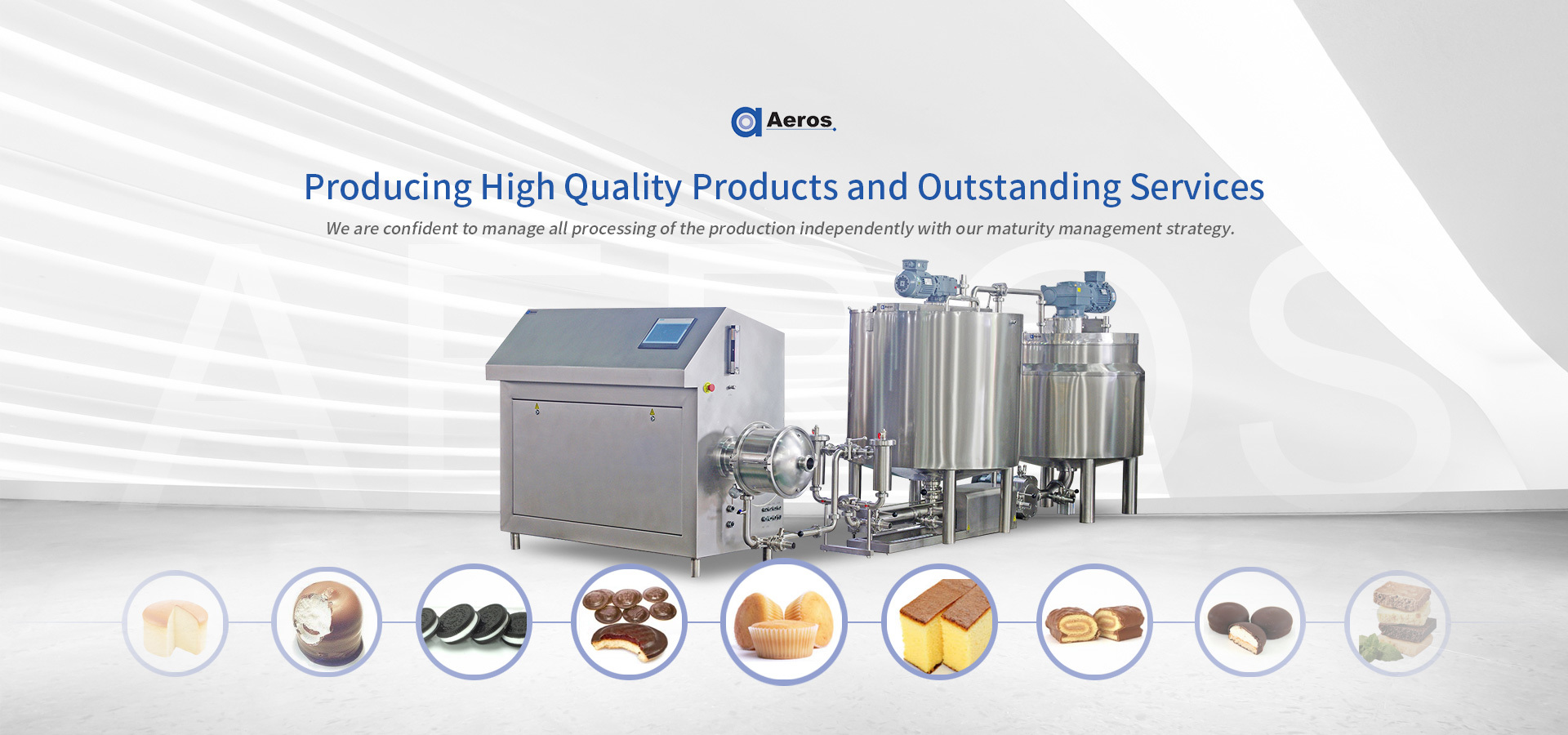Unlocking Efficiency: Your Guide to the Best Food Processing Lines

2025/06/13
In the realm of food manufacturing, particularly within the snack food sector, selecting the best food processing lines can significantly impact quality, efficiency, and overall production yield. Food processing lines are intricate systems designed to automate and streamline the manufacturing process, ensuring that snacks are produced consistently and meet safety standards. Here, we explore essential components and considerations when looking for the best food processing lines for your manufacturing needs.
First, it's crucial to understand the different stages involved in food processing. A typical food processing line will encompass several phases, including raw material handling, mixing, cooking, cooling, and packaging. Each stage requires specialized equipment designed to optimize performance and ensure food safety. For instance, advanced mixing systems ensure that ingredients are uniformly blended, while state-of-the-art cooking equipment guarantees that temperature and cooking times are precise, minimizing the risk of undercooked or overcooked products.
Automation plays a pivotal role in modern food processing lines. Automated systems reduce human intervention, which not only increases efficiency but also enhances consistency across batches. With the integration of smart technology, manufacturers can monitor processes in real-time, making adjustments as necessary and ensuring that quality control measures are met. This level of automation is especially beneficial in high-demand environments where productivity is paramount.
Another vital aspect to consider is the flexibility of the food processing lines. The ability to adapt to different product formulations and sizes can be a game-changer for manufacturers. Lines that are easily adjustable allow for quick changeovers between different snack products, reducing downtime and enhancing production schedules. This flexibility is particularly important in the snack food industry where trends can shift rapidly, requiring manufacturers to pivot quickly in response to consumer preferences.
Sustainability also plays an essential role when evaluating the best food processing lines. Modern consumers are increasingly aware of environmental impacts. Choosing processing lines that minimize waste, reduce energy consumption, and utilize eco-friendly materials can not only improve your brand image but also contribute to overall cost savings in the long run.
Lastly, collaboration with reputable machinery manufacturers can provide insights into the latest innovations and technologies in food processing. Engaging with experts in the field allows for tailored solutions that meet specific production needs while maximizing efficiency and safety.
In conclusion, selecting the best food processing lines for snack food manufacturing involves a comprehensive understanding of your production needs, technological advancements, and sustainability practices. By focusing on these key factors, manufacturers can enhance productivity, maintain high-quality standards, and adapt to the ever-changing landscape of the food industry.
First, it's crucial to understand the different stages involved in food processing. A typical food processing line will encompass several phases, including raw material handling, mixing, cooking, cooling, and packaging. Each stage requires specialized equipment designed to optimize performance and ensure food safety. For instance, advanced mixing systems ensure that ingredients are uniformly blended, while state-of-the-art cooking equipment guarantees that temperature and cooking times are precise, minimizing the risk of undercooked or overcooked products.
Automation plays a pivotal role in modern food processing lines. Automated systems reduce human intervention, which not only increases efficiency but also enhances consistency across batches. With the integration of smart technology, manufacturers can monitor processes in real-time, making adjustments as necessary and ensuring that quality control measures are met. This level of automation is especially beneficial in high-demand environments where productivity is paramount.
Another vital aspect to consider is the flexibility of the food processing lines. The ability to adapt to different product formulations and sizes can be a game-changer for manufacturers. Lines that are easily adjustable allow for quick changeovers between different snack products, reducing downtime and enhancing production schedules. This flexibility is particularly important in the snack food industry where trends can shift rapidly, requiring manufacturers to pivot quickly in response to consumer preferences.
Sustainability also plays an essential role when evaluating the best food processing lines. Modern consumers are increasingly aware of environmental impacts. Choosing processing lines that minimize waste, reduce energy consumption, and utilize eco-friendly materials can not only improve your brand image but also contribute to overall cost savings in the long run.
Lastly, collaboration with reputable machinery manufacturers can provide insights into the latest innovations and technologies in food processing. Engaging with experts in the field allows for tailored solutions that meet specific production needs while maximizing efficiency and safety.
In conclusion, selecting the best food processing lines for snack food manufacturing involves a comprehensive understanding of your production needs, technological advancements, and sustainability practices. By focusing on these key factors, manufacturers can enhance productivity, maintain high-quality standards, and adapt to the ever-changing landscape of the food industry.
best Food processing lines


